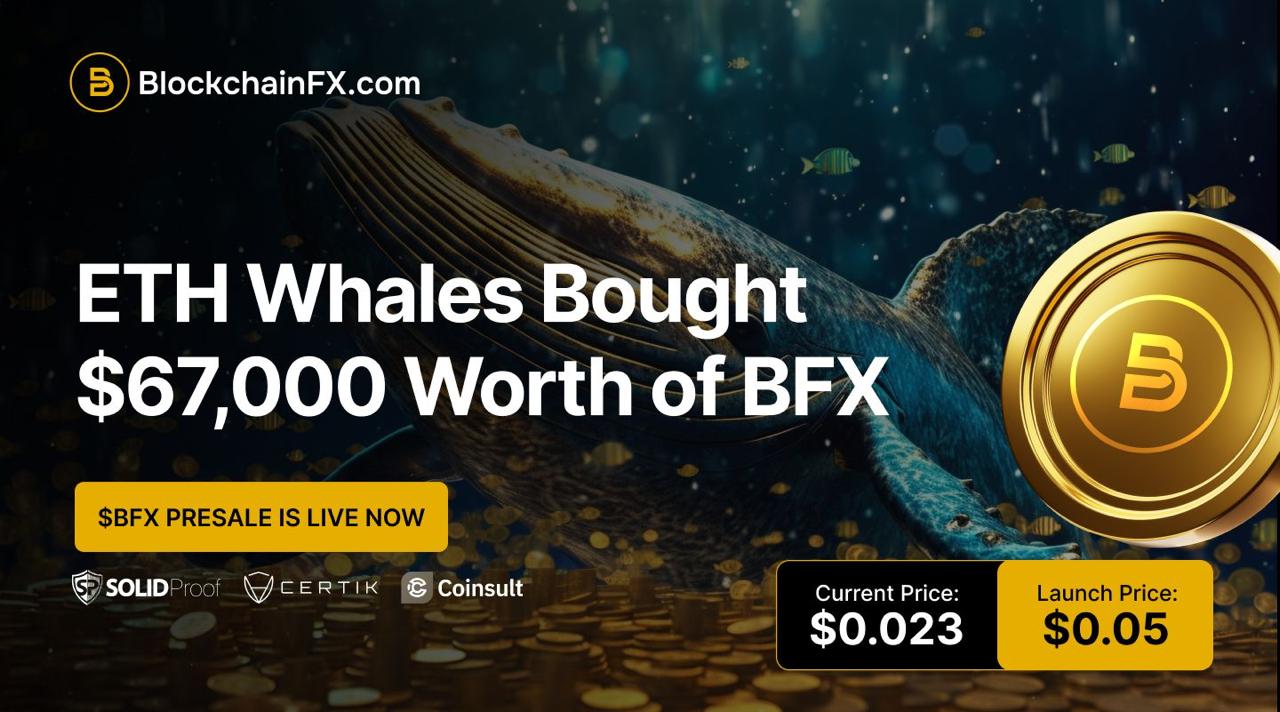Chaos in the Internet Capital Market (ICM): Order and Disorder in Decentralized Financing
Author: Choze , Crypto KOL
Compiled by: Felix, PANews
A new paradigm is emerging: loud, fast, and speculative. It’s called Internet Capital Markets (ICM), and some see it as the most exciting development in crypto, while others see it as the most dangerous distraction.
In 2025, a wave of independent developers begin issuing tradable tokens for internet-native apps directly on X (yes, that’s the place), using tools like Launchcoin and Believe. The result? A permissionless marketplace where ideas become tokens, hype becomes capital, and speculation becomes product appeal.
ICM is getting attention, but the bigger question isn’t whether it will be a hit, but whether the model is sustainable.
What is ICM ?
ICM is a decentralized platform where capital flows directly to app developers and creators. There are no venture capital, no banks, and no app stores. It blurs the lines between crowdfunding, token issuance, and equity speculation.
Developers publish an idea. The public participates through tokens. Volume grows, fees accumulate, and developers profit. If enough people believe in it, the token will skyrocket. If not, it will die. This is the core mechanism behind platforms like Believe and Launchcoin.
Supporters argue that ICMs democratize innovation. Critics argue that they financialize virtual products. Perhaps both have a point.
Bullish: Speculate first, build later
The strongest arguments in favor of ICM can be summarized in four aspects:
- Permissionless funding for ideas: Anyone with an internet connection can back builders. No VC meetings, no gatekeepers.
- Aligned Income: Builders earn a 50% transaction fee, which provides them with direct funding to launch their product.
- Frictionless virality: By tying token issuance to X posts, the velocity of distribution matches the meme coin dynamics.
- Cultural Unlock: ICM follows the trend of "vibe coding" (PANews Note: Vibe Coding, a programming paradigm assisted by AI). Independent developers, independent creators and niche founders use retail capital to go from zero to one.
This flywheel has gained tremendous momentum:
- $DUPE market cap surges to $38 million in a few days
- $BUDDY achieves $300K ARR with AI authoring tool
- $FITCOIN has been downloaded 300,000 times and has been seen millions of times
The pitch is appealing: fund an idea immediately, capitalize on the hype, then build a product based on community belief.

Source: @Prateek0x_
Bearish: Tokenized Noise
But beneath the surface lie deep structural risks:
- Lack of product-market fit: Many ICM tokens were launched without any functionality or proof of demand, and were little more than gimmicks and memes.
- Speculation over substance: Retail investors buy tokens based on hype cycles rather than business fundamentals.
- Short-termism: Because builders earn transaction fees immediately, there is limited incentive to maintain long-term value.
- Lack of legal protection: Most ICM tokens are not equity and are not regulated to ensure accountability.
- Low user stickiness: Tokens may rise quickly, but they may also fall quickly. It is difficult to ensure the consistency of interests between users and the platform.
I personally believe that this trend has the potential to undermine the “ICM” label, diluting its original promise of on-chain IPOs and liquid digital equity, turning it into a speculative venue filled with “pump and dump” meme coins.
Even among active traders, many freely admit that their intention is simply to make a quick profit, suggesting that even so-called believers are playing the short game.
Believe : Infrastructure or enabler?
The core of the ICM ecosystem is the Believe ecosystem, which allows anyone to issue tokens in seconds. The process is simple:
- Tweet Token ($TICKER + name)
- Generate Bonding Curve and Liquidity Pool Immediately
- Earn 50% of all transaction fees
- Once the token reaches a market cap threshold ($100,000), deeper liquidity will be available
Builders don’t need to raise capital the way they would in the traditional way. But therein lies the problem.
When profits are earned upfront before a product exists, the line between builders and speculators becomes blurred.
While projects like $DUPE and $GIGGLES are showing some traction, others feel more like memes. The infrastructure is impressive, but the tooling doesn’t serve the purpose.
A tale of two visions
There are fundamental differences of opinion on ICM:
- Idealists believe that ICM is the final form of Web3. On-chain IPO, decentralized equity, and a transparent and always open financial layer for Internet-native companies.
- Realists see it as a speculative playground for tokenized minimum viable products (MVPs) with no roadmap, no moat, and no accountability.
Both theories are circulating. Depending on which builder gains more momentum, one could displace the other.
Prospects and pitfalls
Admittedly, ICM taps into some realities: the desire to back ideas early, the joy of funding culture, and the instinct to speculate on things that might be hot in the future.
But this same convenience also brings with it the risk of dilution. Without discipline or long-term synergy, ICM risks becoming just another pump-and-dump venue. In this case, meme coins take on the trappings of productivity, and liquidity masks a lack of substance.
While some players see ICM as the future of startup financing, others see it purely as a profit-making tool. This duality makes it difficult to distinguish the signal from the noise.
Future Development Direction
For ICM to move beyond the hype cycle and mature, the following points need to be achieved:
- Lasting builders: Projects need to deliver and retain users, not just raise money quickly. Teams with product-market fit must lead.
- Trusted metrics: Screens and dashboards should highlight actual adoption, not just volume or volatility.
- Progressive Regulation: If tokenized startups are to reap value, they may eventually need a legal framework that blends practicality and compliance.
- Narrative Principle: Not all tradable ideas are “ICM.” The term must retain its connotation to have long-term value.
ICMs are not the enemy, but they are not the solution at this point. They are like a canvas, and the end result depends on what is painted on it.
Although the concept is new, the mechanism of operation is not new. The key is whether this can evolve into something structurally significant or fade away like many previous crypto crazes. Time and development trends will tell the answer.
Related reading: Pump.fun’s dominance is challenged by new platforms, the traffic war of MEME coin Glonk begins, and the founder comes out to help
You May Also Like

Best Crypto to Buy Today: Ethereum and Avalanche Push Limits as BullZilla Presale Ignites With Over $370k In Presale

Gavel Becomes the Rising Star of Solana’s Launch Platform. What is the Connotation of the Platform’s Test Coin IBRL?
